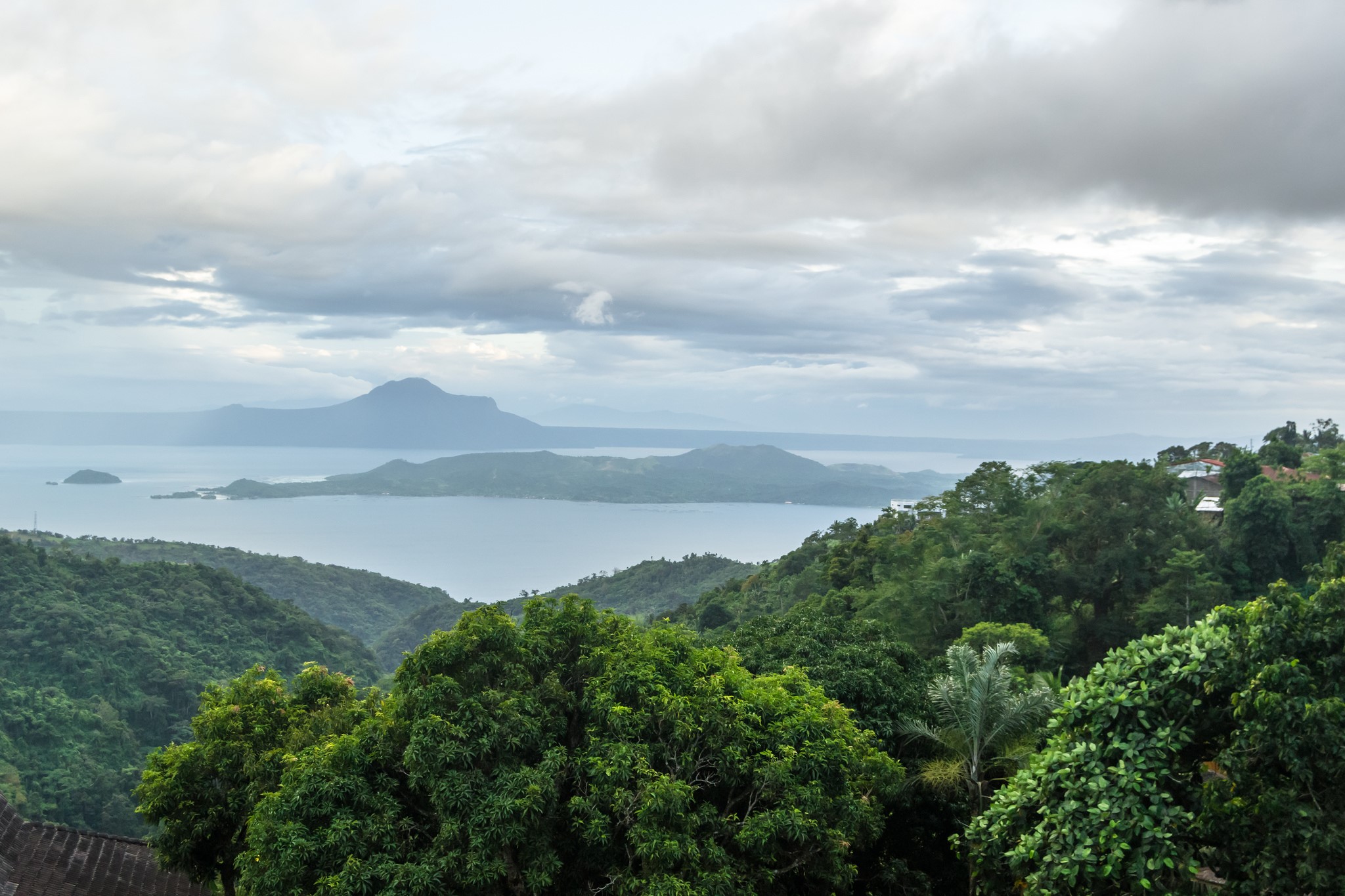
Understanding the Role of Forests in Supporting Livelihoods and Climate Resilience (and Twin Goals) in the Philippines
CHALLENGE
Tremendous progress has been made in reducing poverty over the past three decades. Nonetheless, more than 1 billion people worldwide still live in destitution. In addition, rising prosperity in many countries is accompanied by social exclusion and increasing inequality. The post-2015 Development Agenda has thus made reducing poverty its priority. The new World Bank strategy reinforces this objective, aiming to end extreme poverty in a generation and to promote shared prosperity for the bottom 40 percent. These goals will only be achieved if development is managed in an environmentally, socially, and fiscally sustainable manner.
The challenge for development is that the poor are often highly dependent on natural resources, such as forests. Although forests provide ecosystem services and safety nets for the livelihoods of the poor, forests are facing significant pressures from the range of sectors that are critical for economic growth, such as agriculture, transport and energy. Therefore, if sustainably managed, forests could play a significant role in achieving the twin goals of reducing poverty and building climate resilience. However, our understanding of this dual forest-poverty relationship is limited, which this study seeks to address..
APPROACH
This study focuses on the Philippines where, similar to many tropical countries, extensive deforestation and forest degradation have taken place over the last century due to logging, fires and other human disturbances, which are further aggravated by climate change. The country’s total forest cover has declined to merely 6.9 million hectares, or 23% of the total land area.
This study builds on the three primary roles that environmental income plays in supporting rural livelihoods: (i) supporting current consumption; (ii) providing safety nets to smooth income shocks or offset seasonal shortfalls, as well as impacts of climate change; and (iii) providing the opportunity to accumulate assets and exit poverty. Each of these roles is examined further in how they depend on and impact the ecosystem services provided by forests (including the impacts of climate change), and how they can help reduce extreme poverty and promote shared prosperity for the bottom 40%. Three case study sites were examined: the Upper Marikina RIver Basin Protected Landscape (UMRBPL), the Libmanan-Pulantuna Watershed (LPW), and the Umayam, Minor and Agusan Marsh Sub-basin (UMAM).
RESULTS
- Higher forest cover generates higher water yields during the driest months of the year.
- If the water regulating services provided by forests were to be replaced by delivered water, the expected costs would be USD 419-1,064 per household per year, depending on the study site. These costs will be prohibitive to most households in the study sites as the majority subsist below the poverty line.
- Compared to a “no forest” scenario, forest reduce the volume of floodwater by 27% to 47% during the three wettest months of the year. Forests on steep slopes (>30%) help mitigate the risk of erosion by 68% to 99% per hectare, and have the potential to reduce annual sediment outflows from watersheds by 7 to 100 times compared to bare soil.
- Replacing erosion and sediment control services with manmade control measures will cost billions of pesos. Reforestation is a lower-cost alternative to securing erosion regulation ecosystem services over the medium term.
- Water was cited by poor upland communities as the most important subsistence benefit from the forest, which they use for domestic purposes and, in some instances, for irrigation.
- Upland communities in UMRBPL reported that about 7% of their annual cash income comes from the sale of forest resources like bamboo products, charcoal, fish, and bush meat. Approximately 40% of their annual income comes from the sale of farm produce grown on forested land.
- Forests also provide fuelwood and wood for charcoal, which supplies most of the communities’ energy needs.
- Poorer households in upland communities rely more on forest resources for income and subsistence
The study concludes with a list of recommendations for landscape planning and forest management:
- Incorporate ecosystem service modeling and valuation, forest use analysis and scenarios in forest land use planning and forest management.
- Improve access of upland and forest dwelling communities to forest resources.
- Enhance the value of forest assets by internalizing non-market values and adding value to the existing sources of income.
For stories and updates on related activities, follow us on twitter and facebook , or subscribe to our mailing list for regular updates.
Last Updated : 06-16-2024








